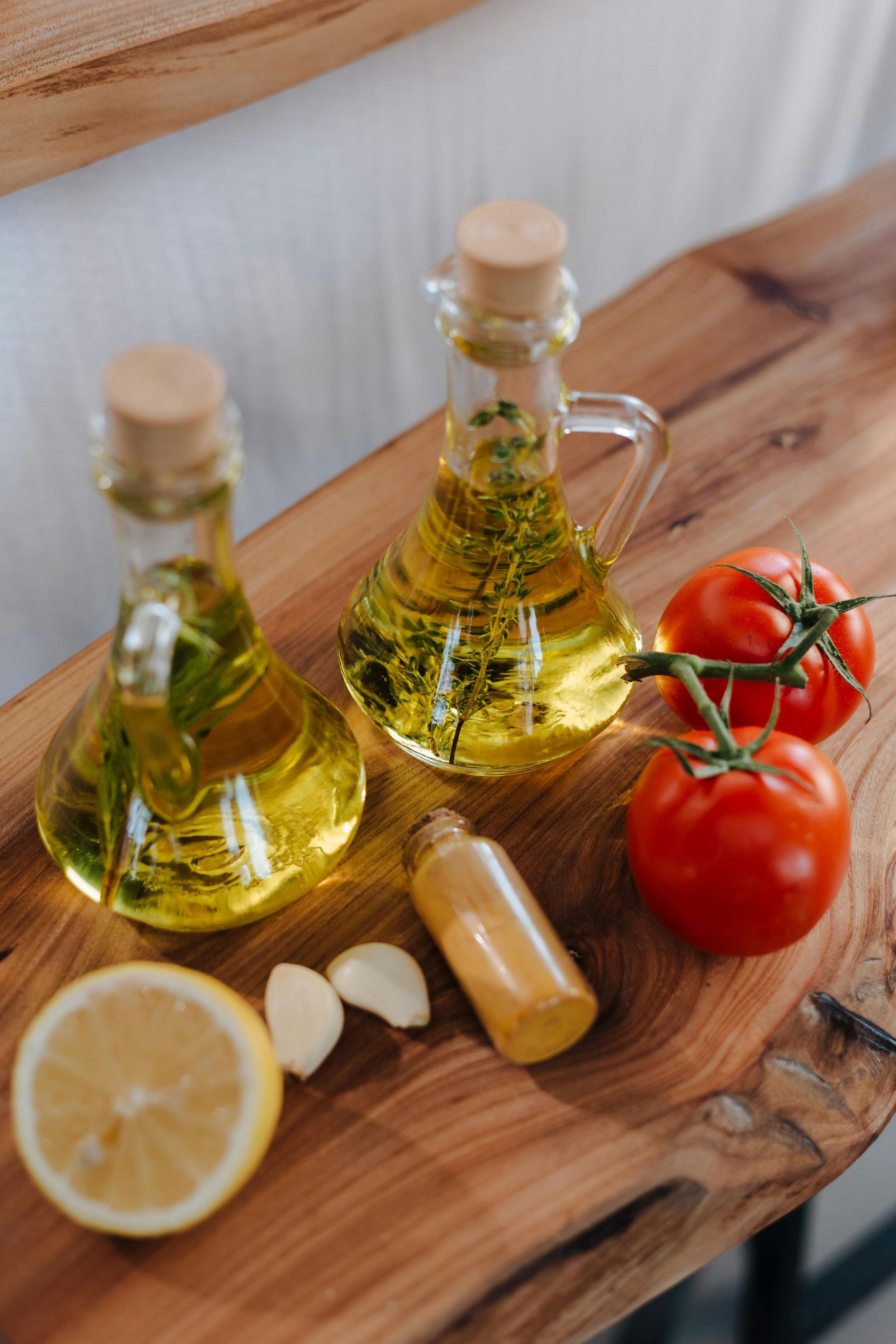Cooking with Less Salt: 5 Techniques to Maintain Flavour
Salt is often the first go-to seasoning in the kitchen, but many of us are striving to reduce sodium intake for health reasons. Fortunately, cutting back on salt doesn’t mean settling for bland meals. From making use of acidic ingredients to doubling down on fresh herbs, here are five techniques to help you cook delicious, low-salt dishes that burst with flavour.
1. Embrace Acidity
Lemons, limes, and vinegar are your allies when it comes to brightening flavours without relying on salt. A splash of lemon juice over seafood, for example, balances natural sweetness and adds tangy depth. Balsamic or apple cider vinegar works wonders in salads, soups, and marinades. The result is a satisfying tartness that can stand in for salt’s piquancy.
2. Layer with Aromatics
Onions, garlic, shallots, and scallions are the backbone of many savoury dishes. Sauté them in a bit of olive oil at the start of cooking to release natural sugars and create a flavour foundation. For an extra punch, experiment with ginger, lemongrass, or chillies—especially in soups and stir-fries.
3. Use Fresh Herbs and Spices
Enhance your meals with a robust blend of herbs and spices. Rosemary, thyme, and oregano add earthiness, while chili flakes or paprika can inject heat. Try combining fresh cilantro and a dash of cumin for a bright, warm undertone. By skillfully pairing herbs and spices, you bring complexity to your dish without additional salt.
4. Rethink Umami
Umami is the “fifth taste” often associated with savoury foods such as mushrooms, tomatoes, soy sauce, and aged cheeses. Incorporating umami-rich ingredients can boost a dish’s flavour profile so effectively that you won’t miss the extra salt. You can also try miso paste, nutritional yeast, or anchovies in moderate quantities; they deliver a salty essence but can be used sparingly for a big flavour payoff.
5. Optimize Cooking Techniques
Different cooking methods bring out different flavours. Roasting vegetables at high heat caramelizes their natural sugars, making them taste sweeter and more satisfying. Grilling meats adds a smoky char that can compensate for less salt. Poaching and steaming preserve the ingredients’ original flavours, especially when you add fresh herbs or citrus to the cooking liquid.
Practical Tips for Reducing Salt
- Slowly Wean Off: Start by cutting just a little salt at a time so your taste buds adjust gradually.
- Taste As You Go: Sample your dish during different stages of cooking, and add herbs or acidic ingredients if it still needs a boost.
- DIY Seasonings: Make your own spice blends using salt-free ingredients like dried basil, garlic powder, and onion powder.
Conclusion
Lowering salt in your diet doesn’t have to mean compromising on taste. By focusing on acidity, aromatics, fresh herbs, umami-rich ingredients, and strategic cooking methods, you can create palate-pleasing dishes that benefit both your health and your taste buds.


